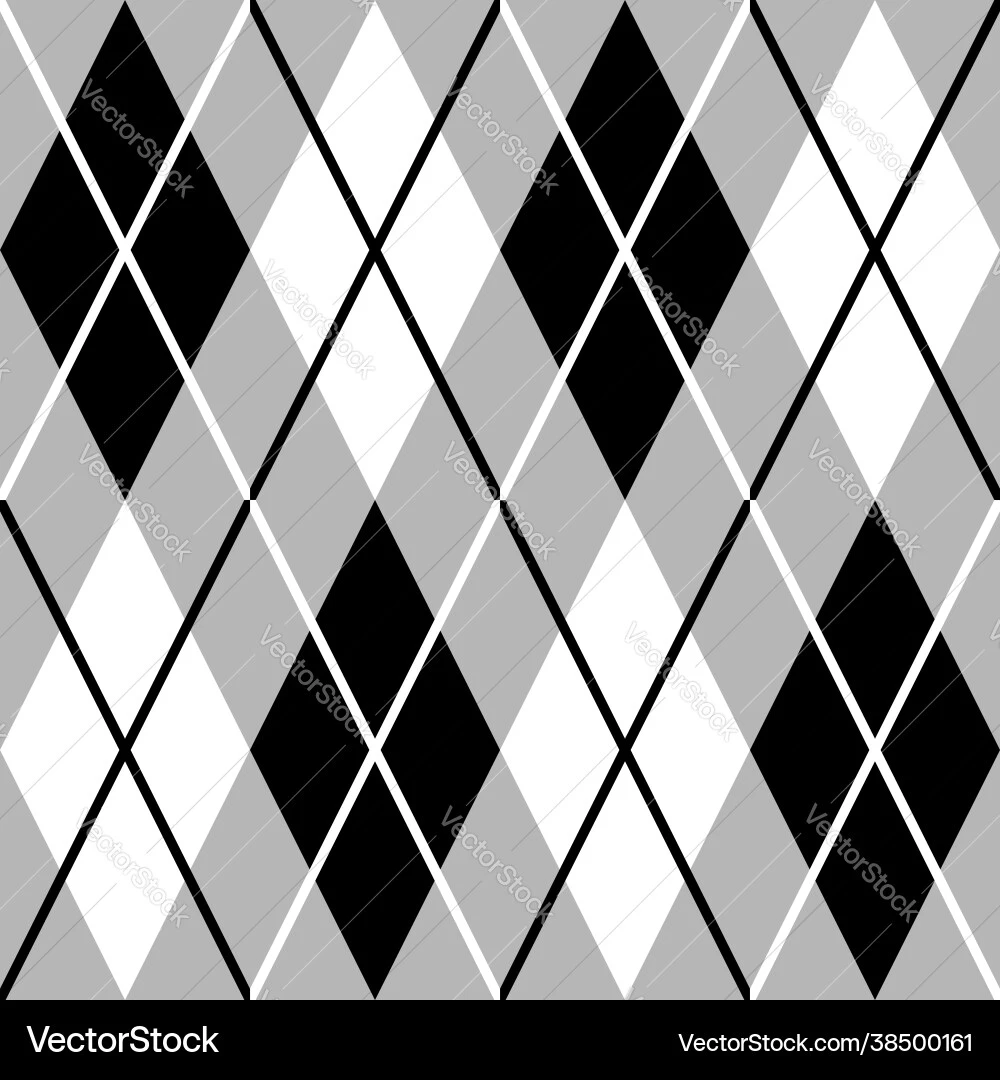At Panchsheel Inter College in Uttar Pradesh, students now study inside a new school wing built not from concrete or traditional brick, but from sugarcane. The innovation was born at the University of East London (UEL) and its creators argue it could reshape how buildings are made and how the planet pays for it.
Sugarcrete combines the fibrous residues of sugarcane, called bagasse, with sand and mineral binders to produce lightweight, interlocking blocks. Lab tests show that Sugarcrete has strong fire resistance, acoustic dampening, and thermal insulation properties. It’s been tested to industrial standards and passed with flying colors. In terms of climate impact, the material is a standout. It’s six times less carbon-intensive than standard bricks, and twenty times less than concrete, by some estimates.
Yet the real excitement doesn’t only come from what Sugarcrete is, but how it’s made and used. It is purposely ‘open access’ in order to establish partnerships to produce new bio-waste-based construction materials where sugarcane is grown. Unlike conventional building materials locked behind patents, Sugarcrete can be made by anyone with the right ingredients and basic manufacturing tools. That choice decentralizes construction innovation, allowing small-scale producers — especially in the Global South — to lead.
I think I’m on lemmy too much, I read the title as open source building material…
i keep seeing promising new building materials, but why don’t i see them widely used yet?
The building industry is incredibly conservative. There will be doubts with this about its durability - nobody wants to have to build something again.
To add to this. If a company builds with this new material and it turns out there’s some unexpected issue with the material, the company will be held liable for the damage. They can shove that liability back on the product manufacturer, but only so many can do that before the manufacturer just shuts down. Then the construction company has to foot the bill of a new building, which they can’t afford, and thus shut down.
I absolutely hate how conservative the building industry is, but it’s a culture that’s been born out of harsh lessons and loss of livelyhoods.
Good point, thanks.
born out of harsh lessons and loss of livelyhoods
i’m ok with that. as long as they get on to testing the new materials already.
Probably because there are no long-term tests yet. You can build a house out of dried cow shit if you really want, but is that building still standing in 25 years? We don’t know yet and no company wants to be liable for damages if the houses they’ve built are falling apart. And in heavily regulated countries like germany, they all have to be approved by the government which will take even more time.
There needs to be processing, manufacturing, and other infrastructure built for the practical large scale implementation of any new technology. That takes time. Bureaucracy can make steps take even longer.
Sugercrete?
Dude, CANEcrete was right there. It was right fucking there!
Also sugarcrete begs the question (before you read up on it) what happens when it rains?
Agreed canecrete has got to be it.
It’d probably be fine, it uses the leftover fibers, not literal sugar that dissolves. A layer of waterproofing that’d you’d use for an earthen home or earth ship would probably do the trick.
Cananite has been around for 100 years.
School classsooms are lined with it in Australia.
Now, how much is termite prevention.
Its soaked in formaldehyde, like particle board.
I just invented ShitCrete
Bro, CRAPcrete was right there!
Damn, I just patented Turdcrete
Ugh, Daviiid
Scientists are not the most creative when naming their findings.
Counterpoint: the Hotwheels Sisyphus spider (warning: spider)
I’d argue “canecrete” is too close to “concrete.” Close enough that it might invite trademark/customer confusion complaints from the concrete industry.
Canecrete already exists, that’s why:
https://www.ingentaconnect.com/contentone/iass/piass/2018/00002018/00000020/art00011
I’d argue that that argument is not good
Nobody talks about the obvious so… can I lick it?
Yes, but there’s no more sugar in it
Sweet
What about mine?
I’ll try it for science.
It’s all fun and games until Hansel and Gretel show up at your elderly grandmother’s sugarcrete house.
Or you hear Fraggle Rock music playing nearby
Construction sand is still going to be a bottleneck resource in the near future.
Don’t try to simulate this by adding sugar to concrete.
Or do, depending on who’s building what
This is really cool! I really hope the bricks will behave well long term.
naughty bricks?
Very cool stuff
fibrous residues of sugarcane, called bagasse, with sand and mineral binders to produce lightweight, interlocking blocks
Now, how much is termite prevention.
We figured it out for wood, so if this is Termite edible, I’m sure we they’ll figure it out here
Those are costs to handle infestation (but not including repair). I’m talking about the measures we take to prevent it in the first place that are already part of standard construction costs. Keep wood dry, pressure treat wood that can’t be kept dry/off the ground. So while sugarcrete might not be the 1:1 replacement for concrete, termites are not going to be an insurmountable task to mitigate
Sounds like a nice material. :)
This is pretty cool and it makes me wonder if there are far north options for materials you could use such cattails/bullrushes or maybe in a little warmer areas less desirable wood like poplar
Cobb, then hempcrete. Rammed earth or CEB always an option as well.
There is hempcrete too
Reed Canary grass makes great cob. Hemp is another likely fibre.
Taking a step back, what they’ve kinda done is taken wattle and daub (but not really) and worked it to industrial standards. And wattle and daub got used in all kinds of ways all over the world.
Obv wattle and daub to structural standards and firecode and such so that your building can meet modern specifications is actually quite a handy thing? But yeah there’s an overall myopia to steampunk-leaning researchers to focus on a singular feedstock instead of working to create a spectrum of materials based on local availability.
Sugarcane is a common crop across the global south, that is grown heavily for the benefit of the Global North.
That they can turn the byproduct of a cash crop grown for neo-imperialism into something useful for the locals is no bad thing (unless the landowners/sugarcane processors forbid/constrain the use of the leftovers).
Lots of strong natural fibers out there.
This article was written by ants.
Haha my first thought was those modern cars that have rat problems because they wrapped the wires in a plant based wrapping that rats enjoy
plant based wrapping
It was soy, if I remember correctly. Bloody rats weren’t even the issue for me, it was the squirrels!
My motorcycle was made in 2000 and a previous owner added a headlight flasher module at some point. Some rodent crawled all the way up inside the bike and into the nose cone just to gnaw on the flasher wires. I have looked around and inside many places over the years but have never found any other bite marks.
Cuba! Get on this!
I want my walls to be snozzberry flavored












